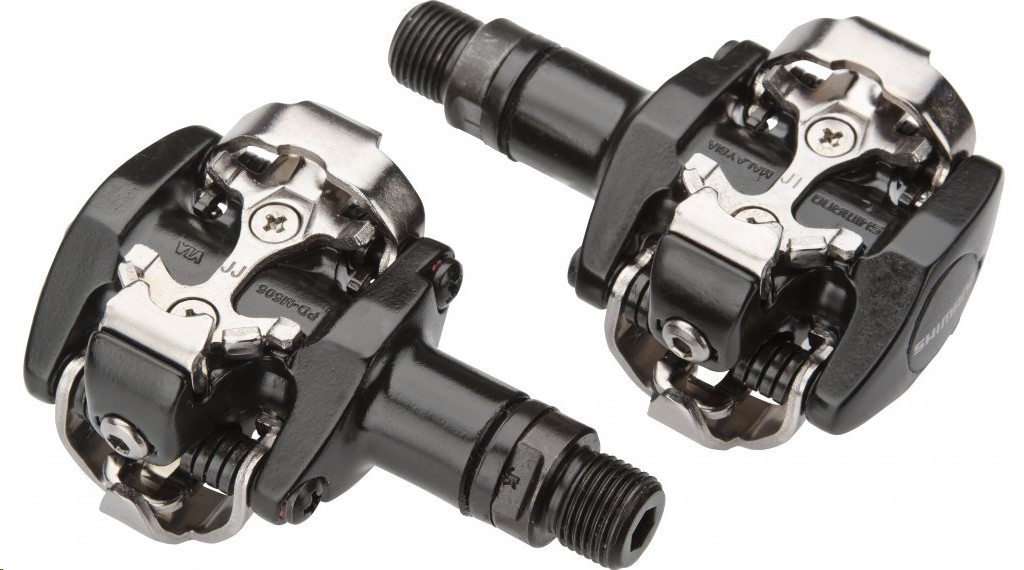Riders navigating mountain trails across South Africa often rely on quality mtb brake pads to maintain control during fast descents, technical turns, and sudden elevation changes. With routes ranging from the rocky terrain of the Cederberg to the slippery forest paths of KwaZulu-Natal, braking systems are more than a basic feature—they’re a fundamental safety component. Given the country’s vast variety in trail conditions, selecting the right type of brake pad is essential for performance and confidence.
Brake pads serve as the first line of control when riders need to slow down or stop quickly, especially on unpredictable surfaces. Organic pads, typically made from resin, offer quieter performance and smoother modulation, making them a preferred option for dry, dusty routes. On the other hand, metallic pads, made from sintered metal compounds, provide increased durability and perform better in wet or muddy conditions—common in many of South Africa’s coastal and inland trails during the rainy season.
The Role of MTB Components in Off-Road Performance
Mountain biking is more than simply pedaling over dirt. The constant shifts in terrain—from packed gravel to loose stones and slick clay—require a combination of mechanical strength, precise gearing, and protective features that work together. Each component plays a unique role in adapting the bike to the environment, helping riders stay efficient and in control.
-
Braking System Considerations
-
Trails with steep gradients and variable surfaces place heavy demand on brake systems. Heat buildup during long descents can reduce braking effectiveness if the components aren’t suited to such stress.
-
The material of the pad, rotor compatibility, and riding style should all be considered. In many areas of South Africa, descending trails involve multiple sharp turns and drops, where controlled braking prevents skidding and enhances stability.
-
-
Gear Systems and Trail Adaptation
-
For trail riders who value simplicity without sacrificing gear range, a mtb groupset 1×12 offers an efficient solution. This configuration features one front chainring and a 12-speed cassette at the rear, streamlining the drivetrain and reducing the likelihood of mechanical issues.
-
It simplifies shifting, making it easier for riders to manage their cadence on steep inclines or rapid descents. With fewer moving parts, this setup also minimizes maintenance—especially useful when dealing with mud, sand, or debris on South African trails.
-
A 1×12 system covers a wide range of gears, allowing smooth transitions across different terrain types without constant front-gear adjustments.
-
-
Durability and Environmental Conditions
-
South Africa’s climate plays a direct role in how bike parts wear over time. In summer, heat and dry dust can accelerate component wear, while winter brings rain and mud that stress moving parts and increase the chance of corrosion.
-
Selecting components made from weather-resistant materials and opting for sealed systems helps ensure longer-lasting performance. This is especially true for bearings, cables, and exposed drivetrain elements that frequently come into contact with the elements.
-
Supporting Components That Enhance Ride Experience
-
Protective Features
-
One often overlooked aspect of trail readiness is how environmental protection impacts the overall ride. When descending through wet or muddy areas, the accumulation of debris can interfere with braking, gears, and suspension performance.
-
Riders frequently install add-ons that prevent direct spray and reduce the buildup of grime on key components.
-
-
Maintenance and Longevity
-
Keeping a mountain bike in good working order requires regular checks on the braking system, drivetrain, and exposed parts. South Africa’s natural environment—filled with dust, sand, and water—means components can deteriorate more quickly than in controlled conditions.
-
Routine cleaning, replacing worn parts, and using appropriate lubricants all contribute to better long-term bike function and safety.
-
Choosing the right combination of components is vital for any mountain biker in South Africa. Terrain variation, shifting weather conditions, and different riding styles all influence how equipment performs on the trail. From steep technical climbs to smooth flow trails, each part of the bike must work cohesively to handle the demands of the environment.
Having control in steep terrain, the ability to shift smoothly across gradients, and the protection to keep parts running clean are all essential factors that contribute to a successful ride. Riders who invest time in understanding how their components interact with their riding environment benefit from better handling, reduced maintenance, and greater trail confidence.
In wet conditions or routes with standing water, mud, and loose debris, protection becomes just as critical as performance, which is why many riders include a mtb mudguard in their setup.
- Key Mountain Bike Components for Riding South Africa’s Varied Terrain
- A practical overview of essential MTB components—brake pads, groupsets, and mudguards—chosen for South Africa's diverse riding environments.
- mtb brake pads, mtb groupset 1x12, mtb mudguard
Related posts:
 Finding the Right MOT Centre Near Me: Why NH Service Center Ltd Is Milton Keynes’ Trusted Choice
Finding the Right MOT Centre Near Me: Why NH Service Center Ltd Is Milton Keynes’ Trusted Choice
 Why More UK Drivers Are Switching to Japanese Used Cars with Nobuko Japan
Why More UK Drivers Are Switching to Japanese Used Cars with Nobuko Japan
 Electric Skateboards: Revolutionizing Urban Travel and Commuting
Electric Skateboards: Revolutionizing Urban Travel and Commuting
 Importance of Employee Training and Certification in Service Quality Assurance
Importance of Employee Training and Certification in Service Quality Assurance
 From Basic Service to Complex Repairs: One Trusted Garage for Your German Car in Abu Dhabi
From Basic Service to Complex Repairs: One Trusted Garage for Your German Car in Abu Dhabi
 Why the VW Beetle Engine Model Kit is a Must-Have for Automotive Hobbyists
Why the VW Beetle Engine Model Kit is a Must-Have for Automotive Hobbyists
 Unlock Your Potential with Unichrone’s Attention Management Certification
Unlock Your Potential with Unichrone’s Attention Management Certification
 American Muscle: Ford Mustang vs. Chevrolet Camaro vs. Dodge Challenger
American Muscle: Ford Mustang vs. Chevrolet Camaro vs. Dodge Challenger








